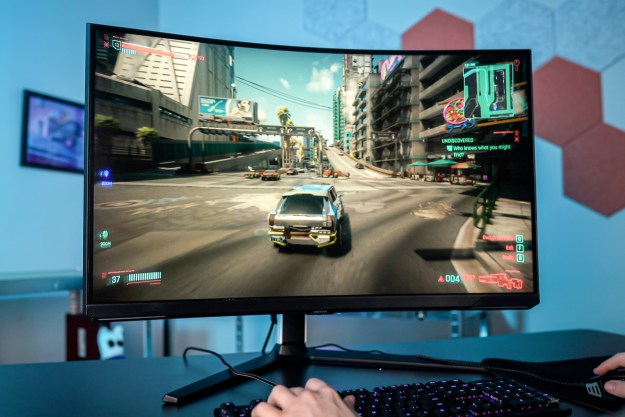Microsoft’s Windows Vista operating system is finally available to everyday computer users, and while there weren’t exactly hordes of people waiting outside retailers at midnight to get their smells-like-a-new installation buzz, barring some fiasco Vista is guaranteed to eventually become the default standard for the Windows world.
Some of that drive will be from users and businesses upgrading existing Windows systems, but a major portion of Vista’s takeover of everyday computing will be through the purchase of new systems with Vista pre-installed. After all, various edition of Vista scale to the hardware resources available on their computer: while Vista will basically run on middle-of-the-road hardware, customers will be wasting money installing those editions on humdrum PCs—so there’s some advantage to using Vista on a system with high-performance graphics and multi-core processors. And we have to admit, it’s tempting to think all our PC problems might be solved by tossing the current clunker and getting everything shiny, new, and Vista-equipped.
Among the PC makers offering Vista pre-installed across wide swathes of their product lines (or even the entire gamut) are Dell (and subsidiary Alienware), Hewlett-Packard, Velocity Micro, Asus, and Gateway—and, of course, chip-makers like AMD and Intel want to make sure you’re looking for their logos when you consider Vista.
Among the notable introductions today: Toshiba’s new Satellite P105-S9337 and P105-S9339 notebooks, featuring Vista Home Premium and Vista Ultimate, respectively, along with a 17-inch widescreen display, a 2 GHz Core 2 Duo processor, Nvidia GeForce 7900 GS graphics with 256 MB of video memory, DVI-D and S/PDIF output, 2 GB of RAM, 200 GB of hard drive storage, dual-layer DVD burner, 5-in-1 media reader, an integrated harman/kardon stereo speakers—prices start at $1,999.99 for the S9337 and $2,099.99 for the S9339.
For its part, PC maker Dell is categorizing demand for Vista as “even stronger than expected,” and is happily rolling build-to-order systems out the door with Vista pre-installed.
For our part, we’re just hoping Dell’s characterization can be used to describe Vista’s security features. And, perhaps the silver lining? If you need a system with Windows XP pre-installed, retailers are offering deep discounts to get them out of the warehouses and off the shelves.
Editors' Recommendations
- The war between PC and console is about to heat up again
- Horizon Forbidden West is a marvel — if your PC can handle the heat
- This Dell all-in-one PC just dropped to its best price of the year
- Prebuilt vs. custom PC: How to know which is right for you
- Helldivers 2 PC performance: best settings, performance, crashing


